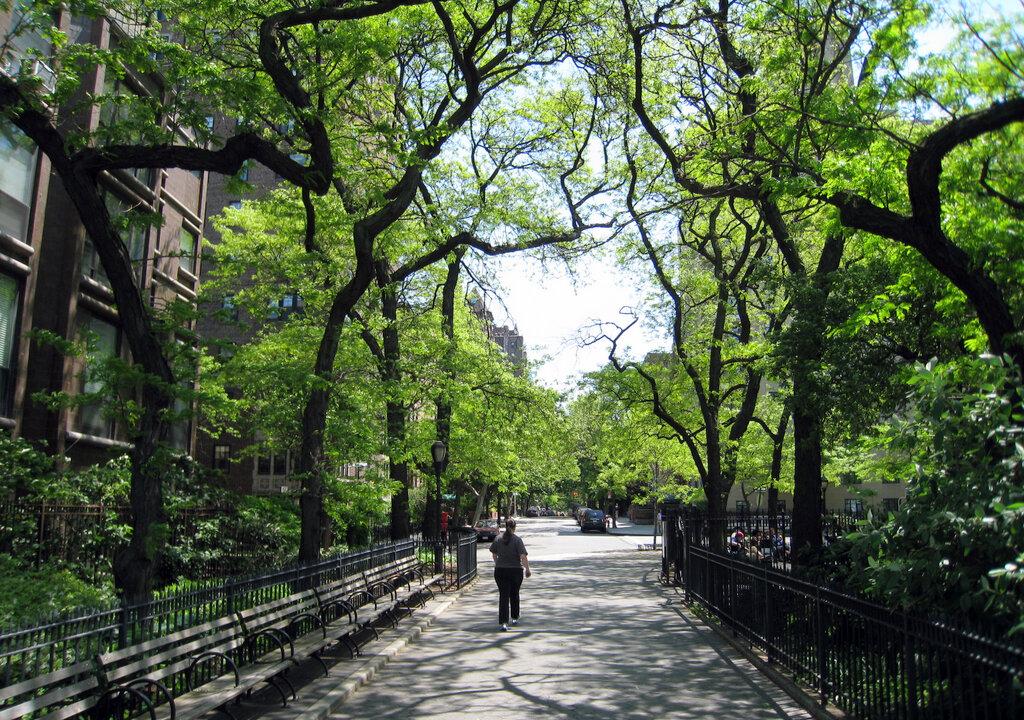By Brian Bienkowski, Environmental Health News
Ray Tretheway has been in the tree business for more than three decades in Sacramento – a city notorious for ambitious city tree planting.
He talks of successful programs with energy suppliers and multiple schools. The Sacramento Tree Foundation, where Tretheway works as Executive Director, has a lofty goal of planting five million trees.
But even a veteran like Tretheway and his tree-loving city struggle with one of the major issues of urban tree planting: higher income areas just seem to end up with more trees.




